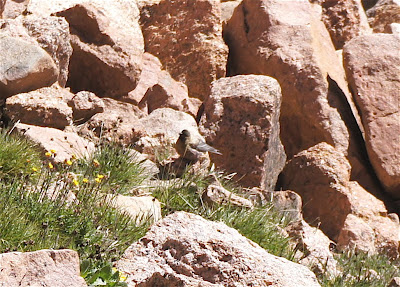Scientific Name: Cyanoramphus novaezelandiae
Population Estimate: 21K - 25K, Vulnerable status
Range / Habitat: Endemic to New Zealand where prefers forested areas. Very rare in mainland forests, but common on Stewart Island and in sanctuaries.
Field Notes: All green parakeet with red crown, red eye, and red eye stripe. Violet blue on wing coverts. Yellow-crowned Parakeet similar but with yellow crown and without red eye stripe.
Personal Notes: Maori name Kakariki. First seen at Karori Wildlife Sanctuary and then later in the wild on Stewart Island.

















































